Fashion Undressed | Eyes Wide Open: The Reality of a Fashion Spread
Growing up, I devoured Seventeen, Young Miss/YM, and dabbled in the occasional Vogue. I trusted them to show me – a middle schooler in southeastern Pennsylvania, where, even 45 minutes outside of Philadelphia, we still had 2 days off of school for the Unionville Community Fair and its Harvest Queen Pageant – what was “in,” and what was Fashion, with a capital “F.”
In high school, I doted on magazines showing stars like Khrystyne Haje from “Head of the Class” in breezy poses and ensembles I just had to copy for the new school year. (It wasn’t until later in high school that I relished my dad’s college football jersey, painting jeans, and old green tweed jacket.)
Before the advent of Lucky Magazine’s built-in “must have” sticky flags, I circled skirts with a pen, and I dog-eared pages I wanted to copy. “The editors must know what they’re doing,” I must’ve thought, “picking this star Just Like Me and showing what she wears every day.”
What I didn’t know then – and, frankly, naively only figured out recently – is that those layouts are not only carefully constructed and styled (but they look so natural!), but that the pieces included, down to the tiniest bauble, are arranged via corporate relationships between publisher, editors, and manufacturers and designers. Most of the time, stylists and photo shoot producers get the clothes the day of the shoot, and, well, they have to make the best of it.
When a veteran producer and stylist friend hands me a major German magazine she saved for me because she knows of my interest in German and in fashion, turns to the piece she styled, sniffs in disgust, and says, “The clothes were so ugly, but I had to make the best of it. This is the best I could do,” the relationship between the “trends” and reality is shattered. True story.
Pull back the curtain a little farther, and there’s even more of a business angle to the trends we see showing with apparent serendipity on runways and then in stores. Those plaid blanket scarves that were everywhere last year (love them, by the way, and did before they were a trend)? Somewhere in the world, there was a textile manufacturer – or set of them – that decided plaid would be the way to go for Fall 2015. There are certainly designers and clothing companies with the sway – financial or otherwise – to work with textile producers ahead of the game and have them design and offer exactly what they envision. But the reality is that there’s a massive textile market months before designers start their creative process for the upcoming runway season. Creative teams have those textiles at the show available to them. The influence that market has on the next runway designs is immense, if quiet.
To think that a fashion editor considers only the art and beauty (and practicality, if you look at those “best of” articles) in selecting what they include in their aspirational print is short sighted. Magazine pages may have that “ADVERTISEMENT” stamp on them to clarify the paid sponsors just like your favorite blogger shows “#sponsored” or “C/O” under a photo, but the business behind the fashion is always that: a business. From selecting the materials from which they’re constructed to pitching the designs themselves for inclusion in the next big glossy spread, there is a strategic exchange to raise the end game: sales.
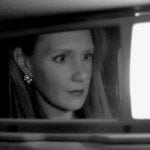

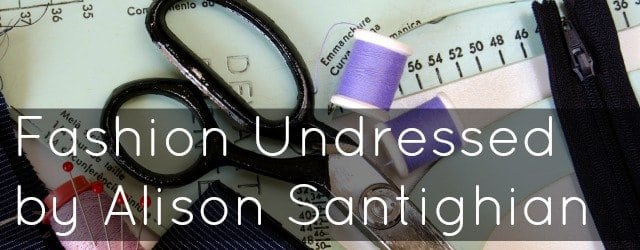
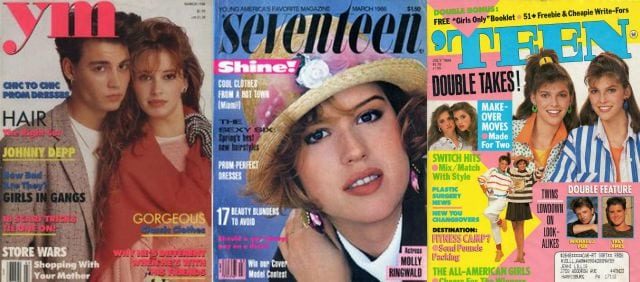
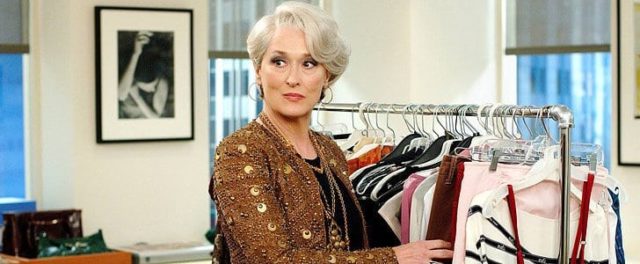
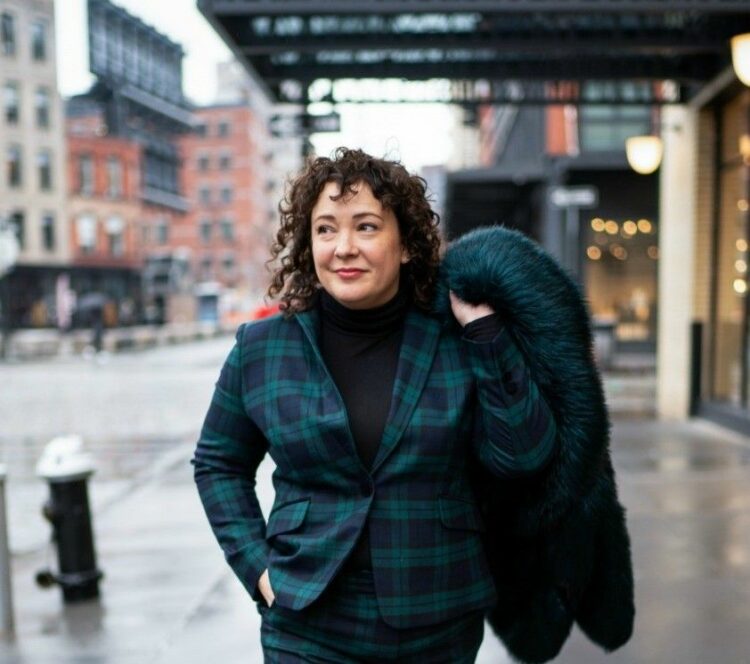
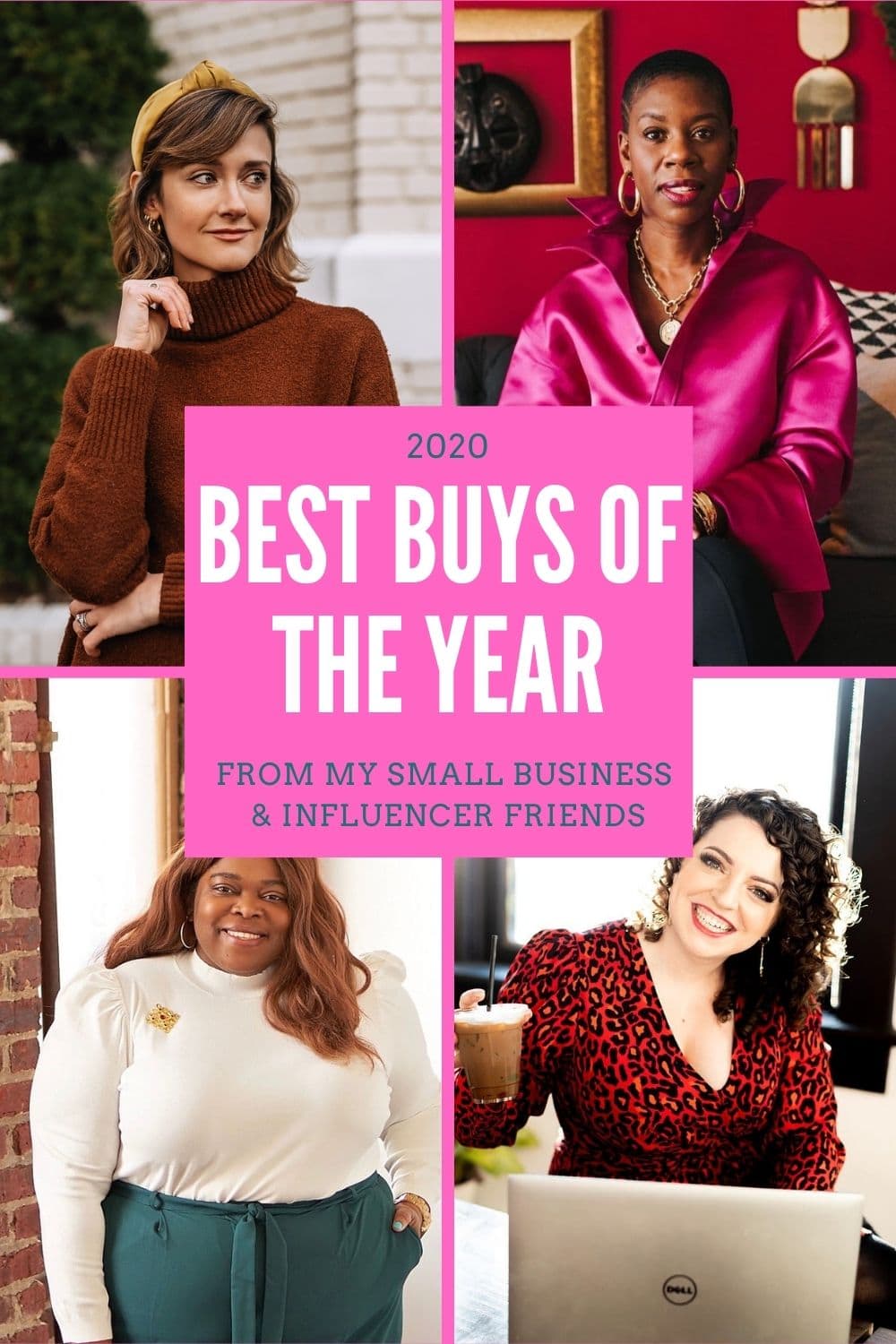
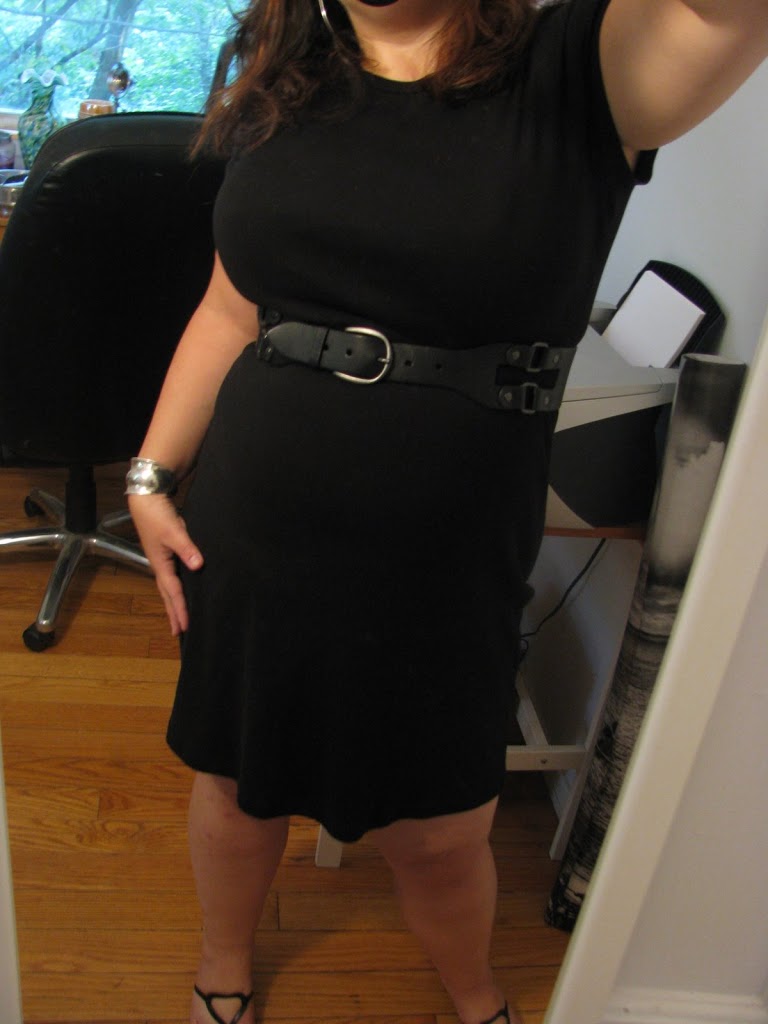
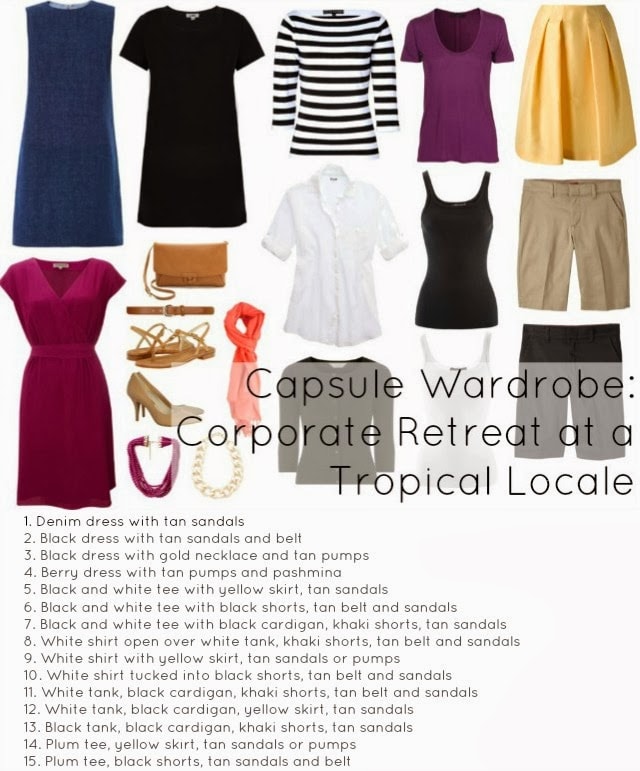
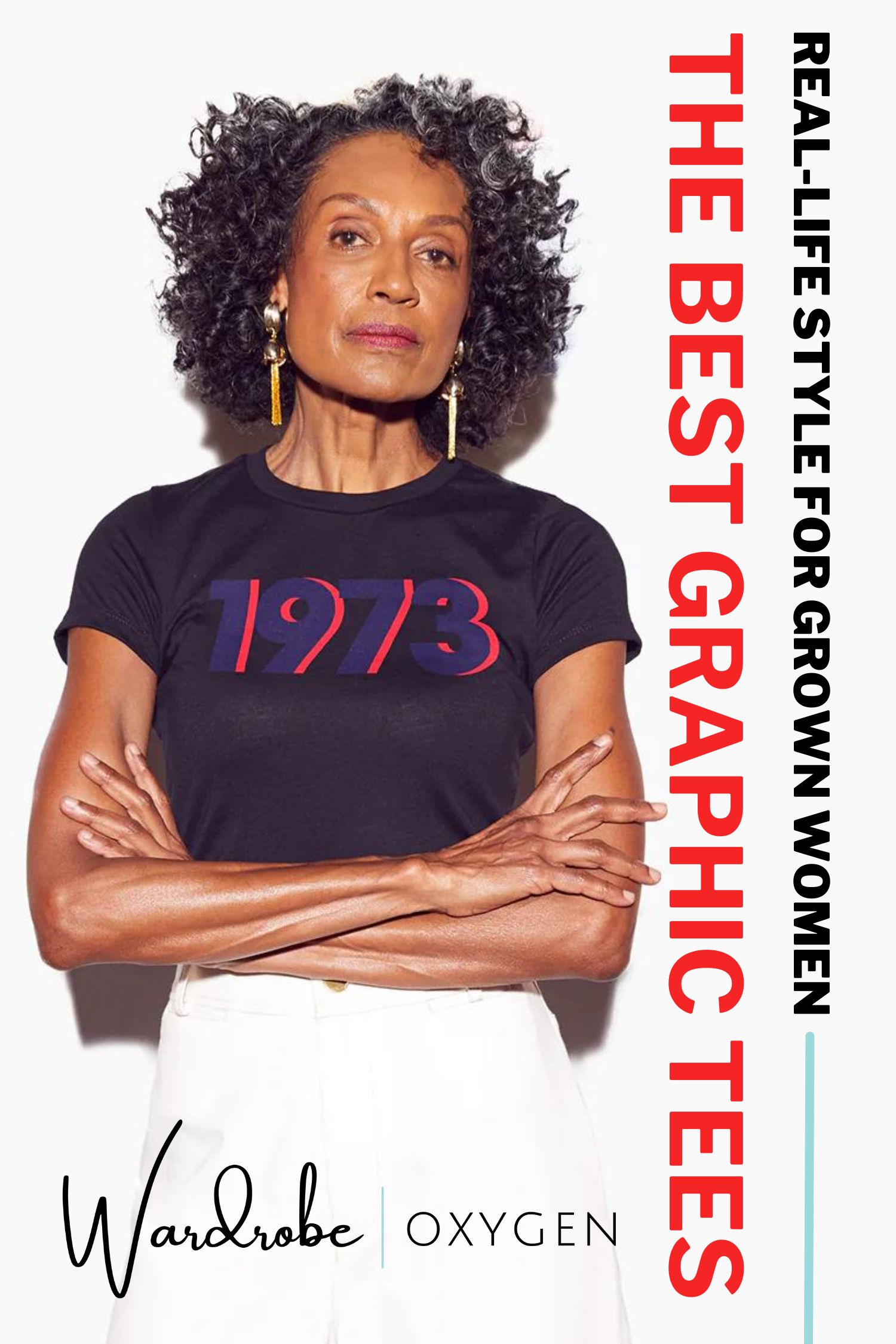
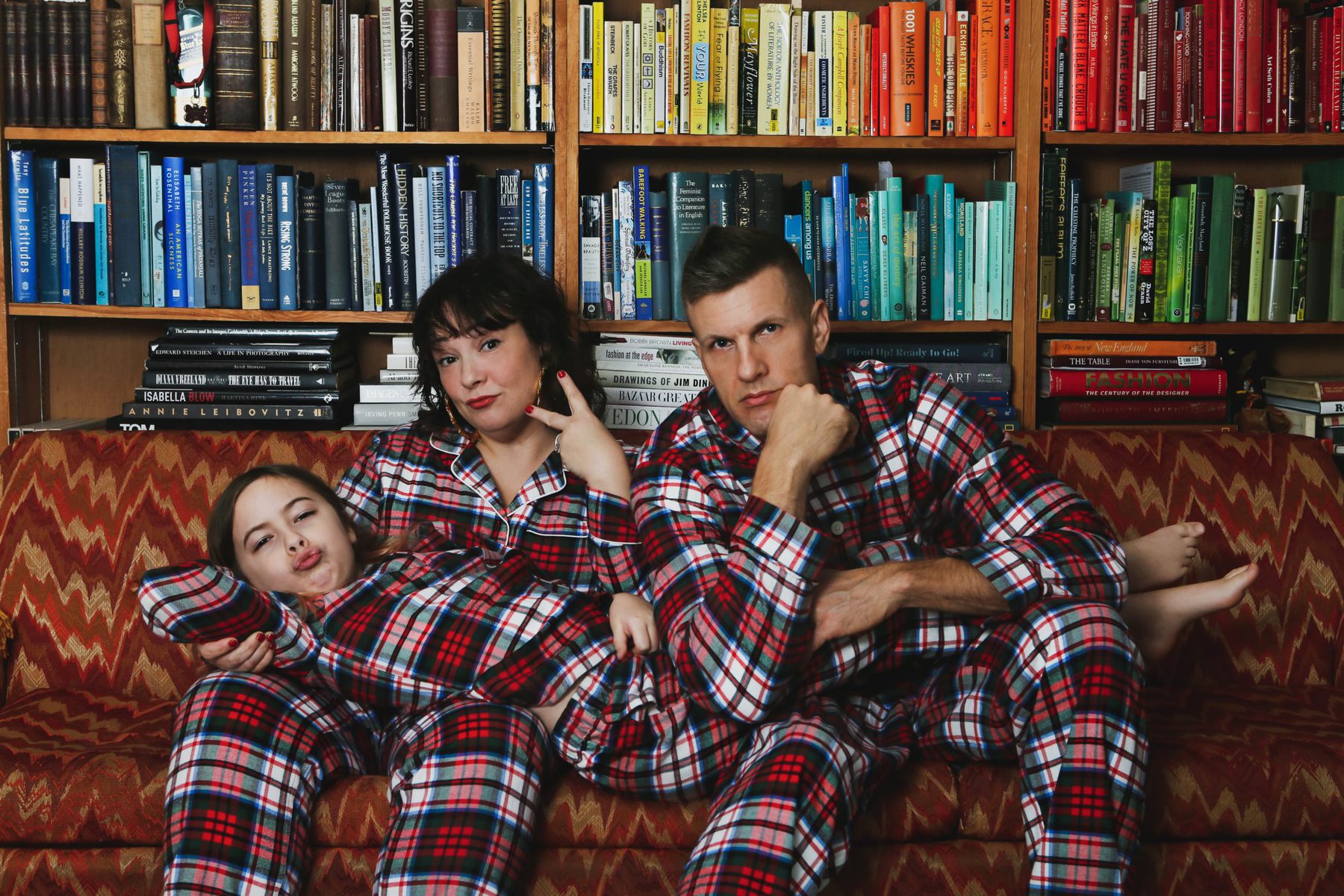
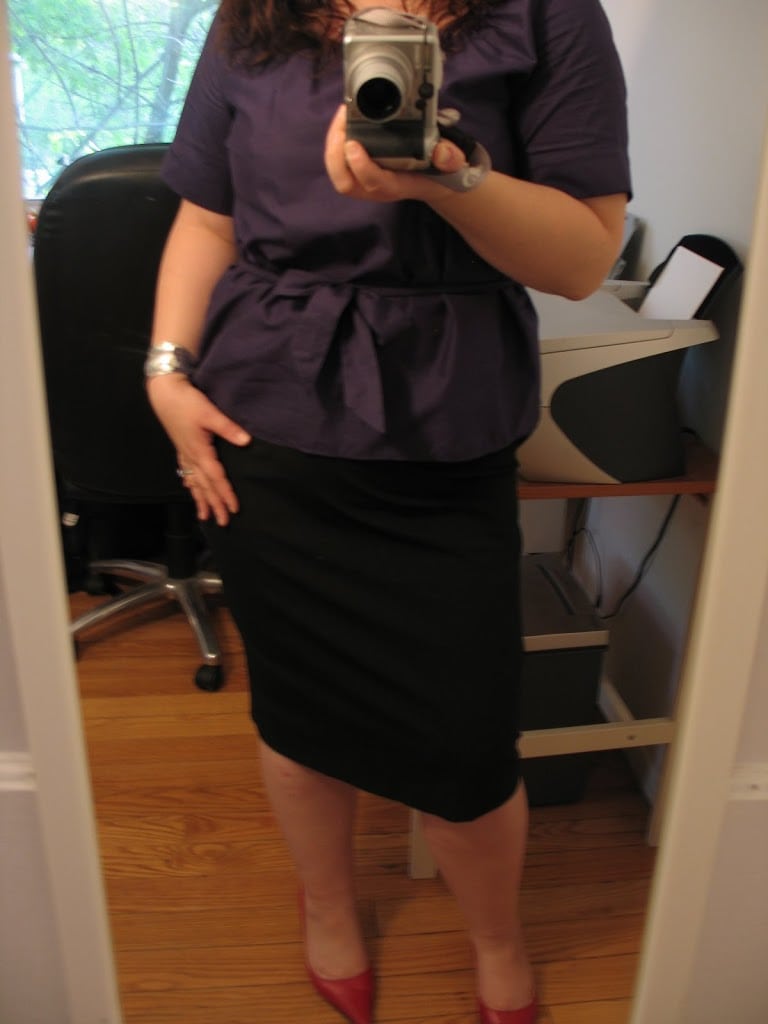
Smoke and mirrors. This reminds me when I was about 14/15 years old and i was on a class field trip to the Metropolitan Museum of Art. On the steps to the museum was a young woman modeling clothes for the LL Bean catalog. She was turned at such an angle that when the photographer was taking her picture you could not see that the jeans she had on has been stapled up at the backs of her legs and the shirt looked duct taped! Naive little me was so shocked to see that. But at some point in my life it made me realize why clothing looked so good and form fitting on the models in catalogs yet appeared big and shapeless on me. Smoke and mirrors.
Exactly, Karen. It somehow took me a long time to see through it. The thing is, we still want to believe it, even when we know. (PS – I was naive until, oh, close to 40, I think.)
Way back when I was 19, I started attending commercial photography school. It didn’t take me long to realize that the gorgeous fashion spreads in magazines were/are carefully constructed fantasies. Before PhotoShop and other image software, in fact before PCs, photographs were manipulated – sometimes drastically.
This has been going on a long, long time.
Chris
It has been going on for so long – and the strange piece is that I, as interested as I was in fashion, didn’t realize it. Always the idealist, I suppose, and probably the last person to realize it.